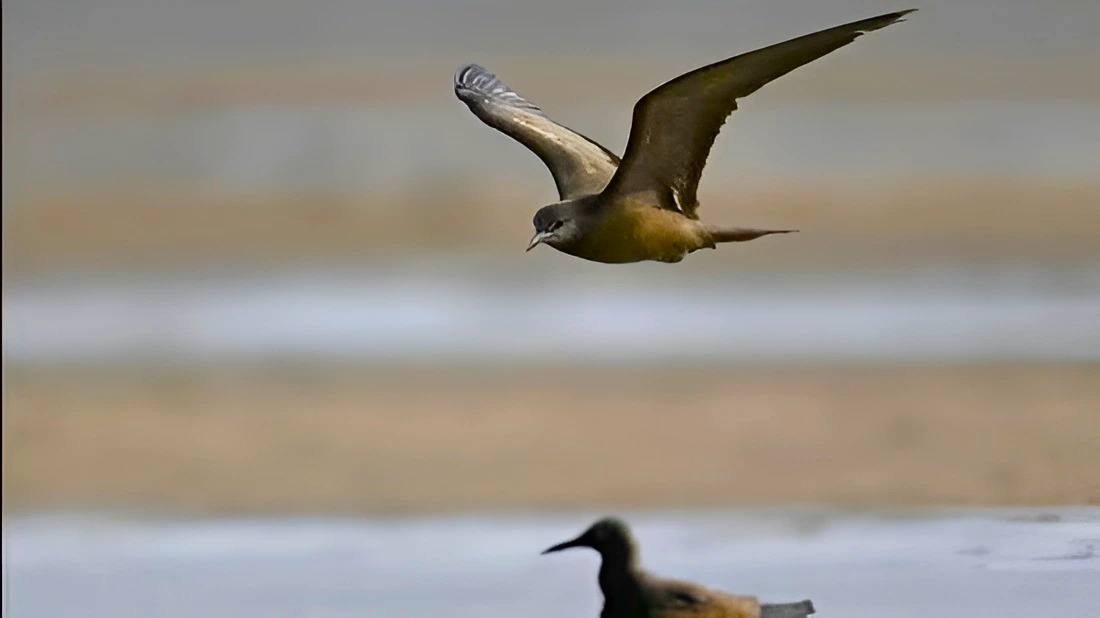Context: The Birders’ network observed rare ‘pelagic birds’ off the coast of Dakshina Kannada district in Karnataka.
- Other birds were sighted including Sooty Shearwater, Brown Skua, Brown Booby, Streaked Shearwater and Masked Booby.
About Pelagic Birds

- Distinctive Wing Adaptations: Pelagic birds have exceptionally long and thin wings that allow them to fly effortlessly for long periods without rest.
- For Example: Albatross, frigatebirds, fulmars, petrels, shearwaters
- Salt Adaptation Mechanism: Many pelagic birds have special salt glands. This allows them to drink seawater and discard extra salt accidentally ingested with their oceanic prey
- Unique Feeding Strategy: Some pelagic seabirds have one astounding way of acquiring food; a technique called kleptoparasitism.
- kleptoparasitism involves an act of robbing smaller species off their prey.
- Limited Land Interaction: Except for breeding, which they do on isolated islands for protection, the birds rarely approach land.
- Occasional Land Encounters: These birds spend much of their lives on the open ocean.
- Breeding colonies: Breeding colonies of pelagic birds are rare in the subcontinent, but some of the 36 scattered and remote islands of Lakshadweep in the Arabian Sea
- Threats: Variety of human-related activities including oil spills, fisheries interactions, contaminants, disturbances, and habitat destruction.
- They are found thousands of miles offshore but can get blown onto land during high winds and storms.
Must Read: Study Finds Most Himalayan Birds Migrate Downslope
News Source: DTE
![]() 30 Dec 2023
30 Dec 2023

